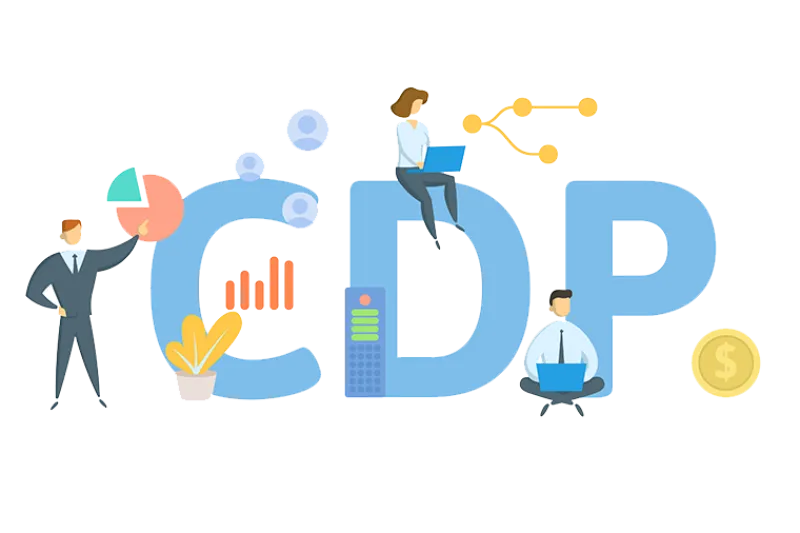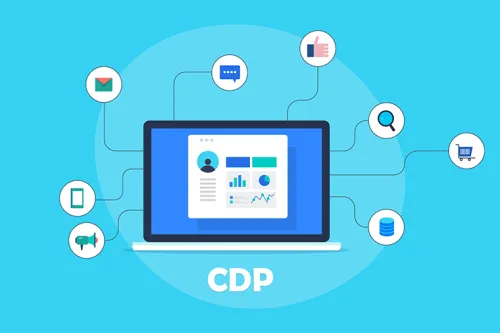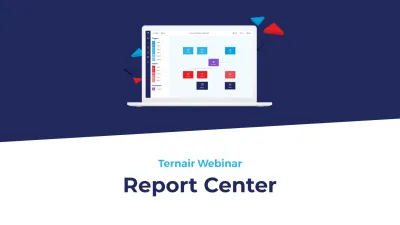In the rapidly changing world of data management and customer relationships, Customer Data Platforms (CDP's) have become increasingly prominent. But how are they different from other data platforms such as marketing databases, data warehouses and Customer Relationship Management (CRM) systems? In this blog, we compare the platforms and discuss what makes a CDP unique and different.
What is a CDP?
A Customer Data Platform (CDP) is a powerful tool for collecting, organizing and analyzing customer data from a variety of sources, such as websites, mobile apps, email campaigns, social media and more. The purpose of a CDP is to provide a comprehensive view of the customer, allowing marketers and businesses to create personalized experiences and execute more effective marketing campaigns.
Differences between CDP and other data platforms
1. Marketing database
A marketing database is often focused on storing customer data for marketing purposes. While it may have overlapping functions with a CDP, a CDP is more focused on collecting real-time data from multiple sources and providing a unified customer view across multiple channels.
2. Datalake
A datalake is a storage repository that stores a large amount of raw data in their native format. While a datalake is suitable for storing unstructured and structured data from various sources, a CDP is more focused on organizing and analyzing this data to generate actionable insights for marketing and customer interactions.





